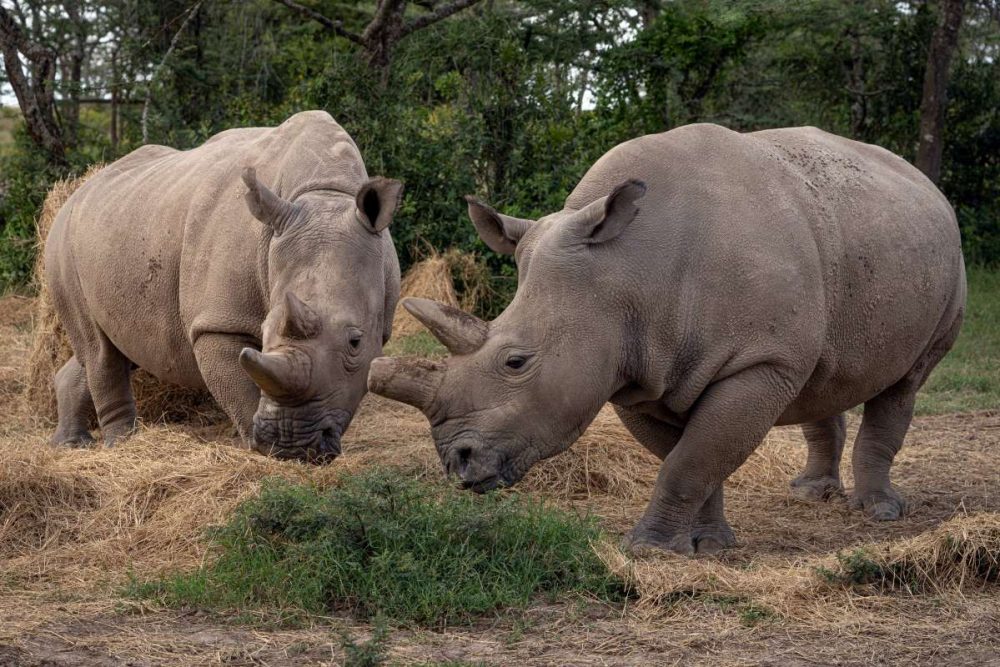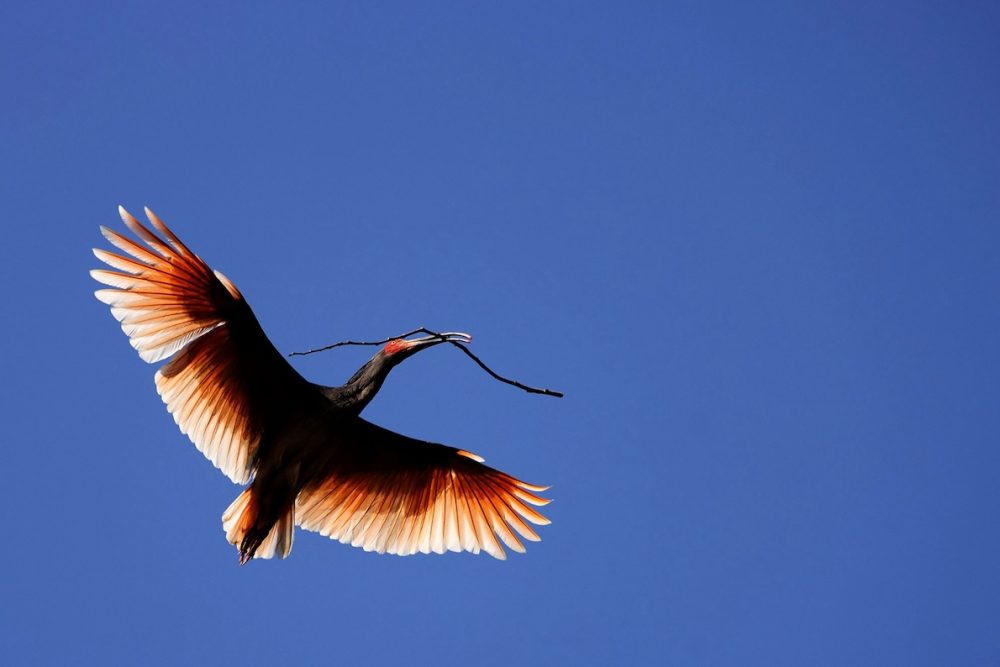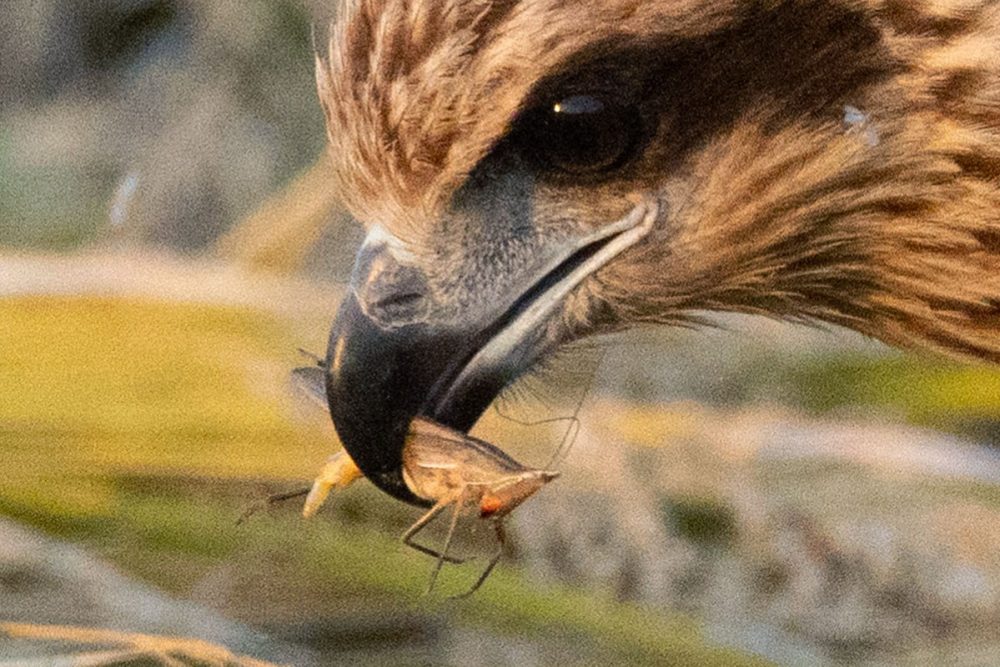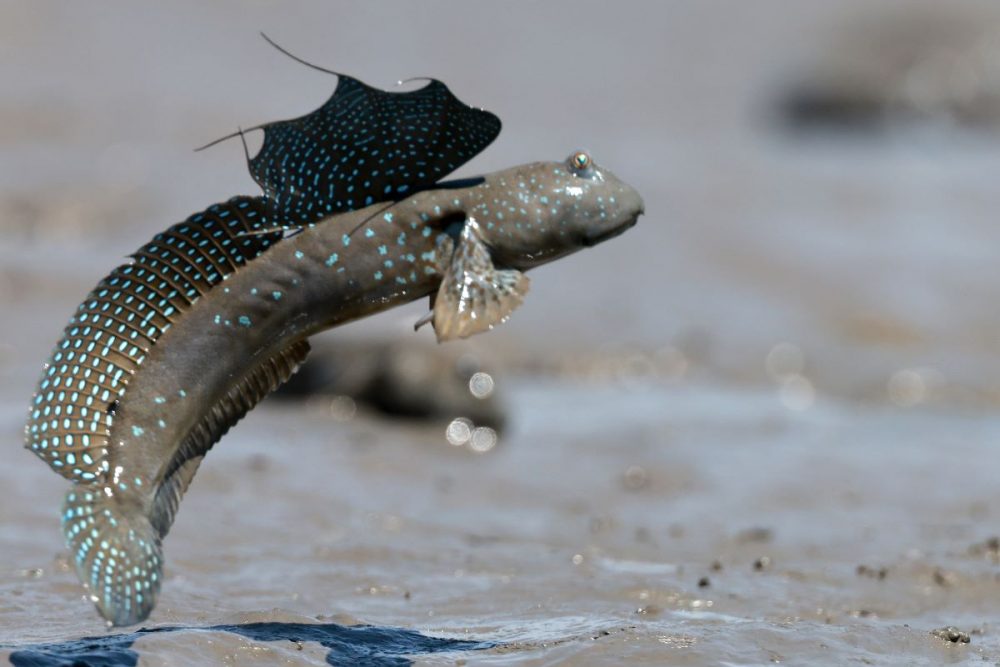Protecting the Vulnerable Little Tern Is No Simple Matter
A nonprofit works to protect the migratory little tern, a vulnerable species on Japan's Red List that nests on the roof of a Tokyo sewage treatment facility.
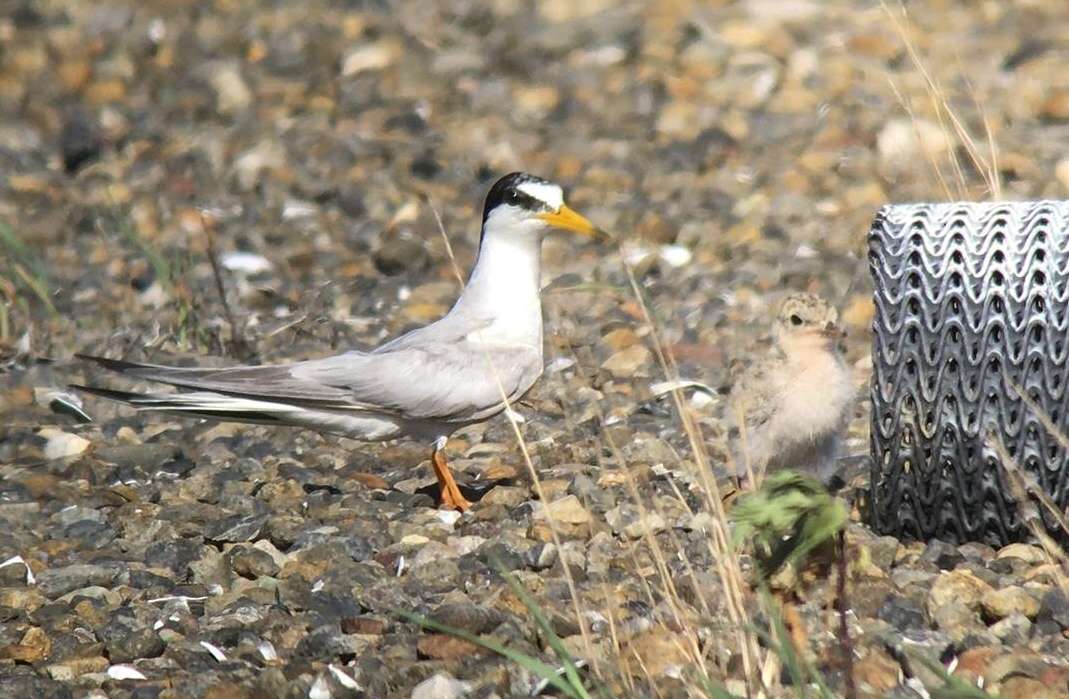
このページを 日本語 で読む
Showajima in Ota Ward of Tokyo is one of several artificial islands situated in Tokyo Bay. Here, every spring, the little tern, a migratory bird, comes to breed. The site is the roof of the Morigasaki Water Reclamation Center of the Tokyo Metropolitan Government's Bureau of Sewerage.
The roof is also host to activities by a group of people working to protect the little tern. These are the members and volunteers of the Little Tern Project (LTP), a non-profit organization dedicated to the conservation of this bird, which is at high risk of extinction in Japan.
Little terns (Sternula albifrons) are 20 to 30 centimeters long and nest in hollows in sand or gravel near water, where they lay their eggs. In the spring, they fly to Japan from Australia and New Zealand in the southern hemisphere. They breed and return south in the summer and autumn. Their numbers have been decreasing in Japan in recent years, mainly due to the development of waterfront areas.
Masayuki Matsumura, 68, a member of LTP's board of directors, commented on the little tern. "It makes us happy to see them come to Japan from distant countries, raise their young, and then fly away again," he says.
Trial and Error in Conservation
It was in 2001 that little terns were first found nesting on the roof of the Reclamation Center. The hard concrete roof provided a warm place for their eggs. Those who discovered the birds consulted with the Tokyo Metropolitan Government's Bureau of Sewerage and the Ota Ward local government. The LTP was established and activities began to facilitate the bird's nesting on the rooftop.
Soil made from sludge from the reclamation center that was treated with high heat and crushed shells were spread to create an environment conducive to nesting. The following year, about 2,000 birds flew into the area as the project got off to a great start.

However, the group soon ran into problems. "The soil made from treated sludge was designed to be used for gardening. After a year it was covered with naturally growing grass," says Matsumura. Since little terns do not nest in grass, weed and grass control became necessary. Matsumura, who lived in the neighborhood at the time, first got involved with the project when he helped out with weeding.
Identifying Predators
Another obstacle arose – predators of the little tern. Cats, crows, and other natural enemies began to target the eggs and young birds. Matsumura describes the situation. "We would find eggs when we surveyed, but the next time we looked, they'd be gone. We started to feel very defeated," he reports.
LTP began setting up shelters for young birds to hide in and installing items to repel crows. But completely preventing predators from targeting the terns is proving impossible.
Recently, civets and raccoons have been found entering the area. Matsumura and his group are working to identify their path of entry. "Since the terns build their nests in the same place every year, their natural predators quickly learn that the location is a good place to find food," Matsumura explains.
Despite the group's efforts, the number of terns flying to Japan has declined significantly in recent years. Terns nest in large numbers in wide-open spaces where they jointly defend themselves from predators. So when their numbers decrease, their ability to protect themselves also declines.
Finding ways to protect the dwindling numbers of little tern remains a pressing issue. According to Matsumura, there are organizations throughout Japan involved in the bird's conservation.
"We want to create a network for sharing the experience of each organization," Matsumura reports. His group will continue to learn via a trial-and-error process as it works to protect this rare bird.
このページを 日本語 で読む






